Guide to Specifying Bricks for Your Project
If you’ve decided to opt for a brick finish on your self-build, renovation or extension, it pays to put plenty of time into researching the market. While it’s undoubtedly a comfortable and reassuring choice, this kind of facade is one of the few parts of a building you can’t easily swap later – so it’s important to get your specification spot on. Here’s what you need to know.
Brick basics
There are two main types of facing brick: machine-made (either moulded stocks or extruded and wirecut); and handmade (thrown by hand in individual moulds). Within these categories you have a plethora of choices in terms of colours, textures and effects.
Standard modern bricks are 215mm (W) x 102.5mm (D) x 65mm (H), and are usually bedded into 10mm mortar joints. At these dimensions, and in standard bond patterns, you’ll need 60 bricks for every 1m2 of walling. This is a handy rule of thumb – but you’ll usually want to over-order by around 5% to cover any cutting (such as around windows), breakages and to ensure all your bricks are from a single batch and therefore consistent in colour.
There are other stock sizes available, including both hand- and machine-made units in imperial dimensions to suit heritage-style schemes. “If you’ve got an old barn or Victorian property, the bricks will probably be imperial – so you’ll need something to match,” says Mike Faloona from Northcot Brick. “We offer a number of options as standard, but can also make units to any size.”
In terms of procurement, you can go direct to some manufacturers or via a builder’s merchant. Items held on stock can be available at very short notice, sometimes just a few days, but if the bricks need to be produced on spec then you can expect a lead time of roughly six to eight weeks.
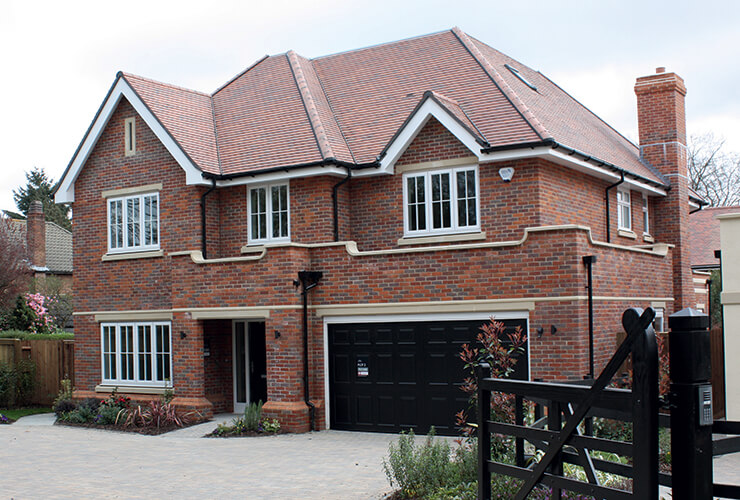
This project features a Berry Rural Multi machine-made blend, from £800 per 1,000, Bovingdon Brick
Machine-made or handmade brick?
This is one of the key questions when it comes to specifying bricks. “There’s no technical difference between the two types, in terms of factors such as durability or frost resistance,” says Mike. As you’d expect, however, machined units are more affordable. They’re available in a huge variety of colours, textures and finishes – and can be tumbled to replicate the look of heritage-style products.
“Our hand-formatic range is popular among self-builders,” says Richard Brown from Wienerberger. “It replicates the manual throwing process in an automated, scaled-up fashion using our stock brick machine – so you still get that creased texture.” Machined wirecut types come into their own for more contemporary projects, where their sharp arises and clean lines create a crisp aesthetic.
But if you’re after an authentic look for a barn conversion, period renovation or heritage-inspired self-build, then a truly handmade product is likely to be the most natural fit. Some suppliers still fire their bricks in traditional kilns to produce a rich, variegated finish that’s almost impossible to rival in a replica.
For some projects, the decision will come down to budgets. “On a bulk order, handmade bricks might cost around £950 per 1,000 units,” says Mike. “That compares with around £500 per 1,000 for our machine-made versions.” Cheaper options are available, right down to approximately £250 per 1,000 – but Richard advises against picking solely on price: “It’s such an important part of the building’s aesthetic that you’re much better off investing in something you really want, rather than just going for the lowest cost.
The reclaim route
If you’re renovating or repairing a period property, you may want to consider sourcing salvaged bricks. “You can’t quite reproduce the individual charm of an original brick in new units,” says Neill Taylor from Watling Reclamation. “Even relatively modern wirecut masonry recycled from another building has a special character all of its own.”
When it comes to fitness for purpose, Neill points out that salvaged products have often been standing for 250 or 300 years. “The fact they’re pretty much identical to when they first went into the building says everything,” he says. “I’ve used hundreds of thousands of old bricks for new work, and have never had problems. As long as you’ve integrated reasonable protection from the elements, such as oversailing eaves, in my experience you won’t have any issues.”
Prices start from around £600 per 1,000 for a mass-produced reclaimed brick, such as a Manchester wirecut. Older and rarer examples are likely to come in at more like £1,100 per 1,000.
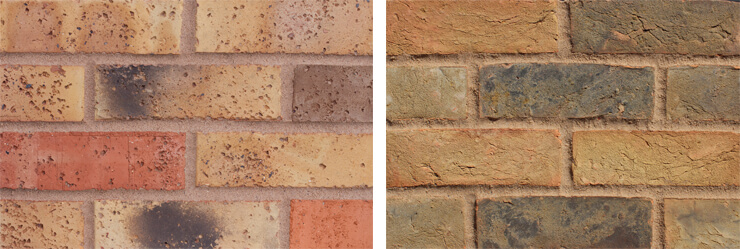
These two swatch shots from Northcot Brick demonstrate the difference between wirecut bricks (the Kensington English mixture on the left, from £550 per 1,000) and the creased finish of a handmade product (Woodstock Weathered on the right, from £895 per 1,000)
Colour & texture
There are literally thousands of brick styles to choose from, so rest assured there’s something out there to suit every project. A good place to start is to investigate the local vernacular. Some planning departments will want you to use an external finish that blends into the setting, while others might prefer a distinctive look that will guarantee a clear definition between new and old (whether for full self-builds or extensions).
“In terms of regional variation, yellow bricks are common in London and the south east,” says Mike. “Often you’ll have deeper, darker reds in the north.” Around Bedford and parts of the Midlands, a more orange hue prevails. Contemporary products are available in unusual colours, too, including glossy white.
“Texture is important, especially with brick matching,” says Andrew. “Is it smooth, creased, sanded or one of the many other options?” More distressed looks are available through tumbling and hand throwing, whilst Ibstock even offers contemporary glazed designs.
One of the big factors that will affect appearance is the blend you choose. “Often I’ll show clients a bespoke mix of 50% a product they like alongside two others; which won’t cost extra,” says Mike. You can combine more products together if you wish, although it’s often best not to go overboard or the aesthetic can be confusing.
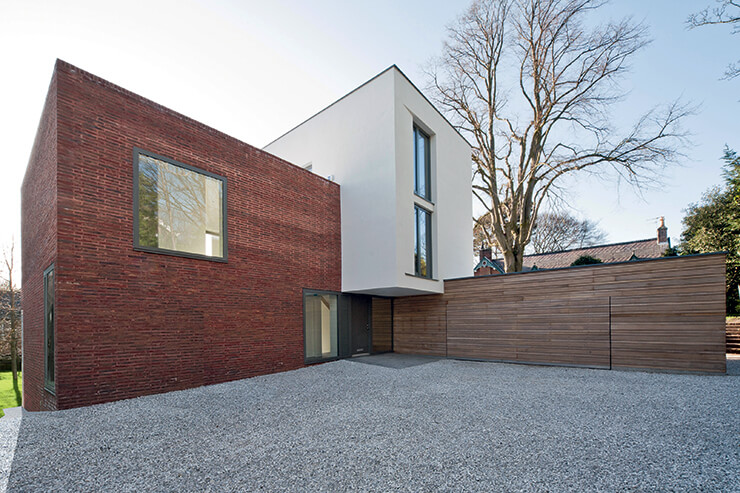
The Maxima range from York Handmade is a modern classic – a long, thin brick that marries a contemporary shape with a traditional distressed look
Brickwork bonding patterns
Modern cavity walls are often built in stretcher bond, where the bricks are laid end-to-end with an even stagger (usually of half the stretcher) all the way up. It’s the simplest, quickest and most cost-effective option, using the least amount of materials – hence it’s especially popular among developers.
Many self-builders prefer Flemish bond, which makes a more traditional statement. Here, each stretcher abuts a header (half brick, laid end-on) in a repeated motif, staggered over each course. If you’re using machine-made products, this pattern will require either dedicated pre-cut headers or additional bricks (80 per m2, rather than the usual 60).
“You typically only get a single header from these units, as not all the sides are designed to be on show,” says Mike. “With handmade products you’ve got four good sides, so you can get two headers from one brick.” This means you can stick to the 60 units per m2 rule (assuming you’re using standard sizes).
Stack bond is a popular alternative for contemporary projects. With this style, the bricks are laid lengthways, directly on top of each other – with no overlap. The clean look that results can be ideal for striking extensions or feature cladding, but good attention to detail is required to ensure the vertical joints are straight and consistent, and steel reinforcement is required in the mortar to prevent cracking.
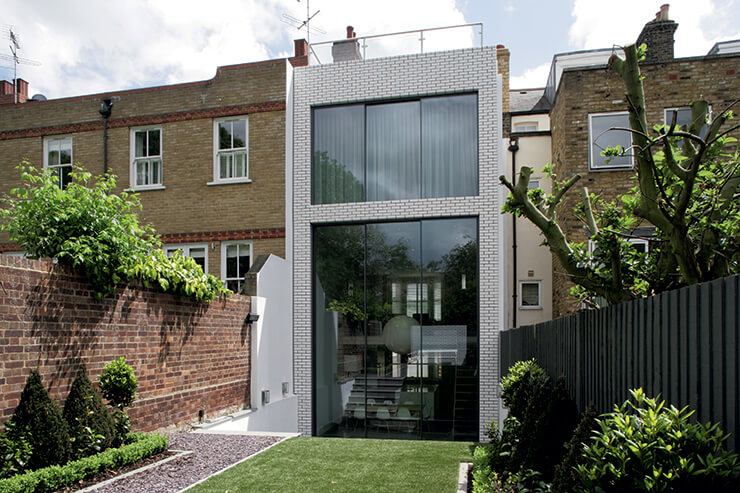
This multi-storey extension creates an elegant counterpoint to the main London townhouse thanks to the bold use of slim-framed windows and 65mm white glazed bricks from Ibstock
Mortar joints & colours
With so many choices in terms of the bricks themselves, it’s easy to forget about the bedding mortar – but this is a crucial part of the spec. “It accounts for just under a fifth of the overall wall,” says Mike. “Using different sands and other products can change the tone completely. I’d recommend having a sample panel made up. Most firms will send you 60 units to test – so you can check the brick along with different bed colours and profiles.”
Lime-based mortars are fantastic for heritage projects, especially those where conservation is a key part of the work, as they provide an eye-catching finish and support the breathability of existing buildings. But they’re relatively rare for new work. “I would say around one in 50 of our clients opts for lime mortar,” says Mike. “You can use additives such as Snocrete to achieve a similar light white colour in more conventional sand and cement mixes.”
Popular bedding profiles include flush, weather struck, bucket handle and recessed. The first of these does what it says on the tin: the mortar is literally flush with the wall surface. It’s a quick and cost-effective finish that emphasises the mortar. “It also means water can’t sit on the edge of the brick, whereas with recessed types you’ll get a little more weathering,” says Richard.
Bucket handles feature a rounded finish that’s set back from the brick, so masonry takes centre stage. Weather struck mortar, meanwhile, is left flush at the bottom but inset at the top by a few millimetres. The result is a crisp appearance that can be particularly suited to a modern property.
Main image: This stunning contemporary home features Wienerberger’s Mellowed Red Sovereign waterstruck stock bricks
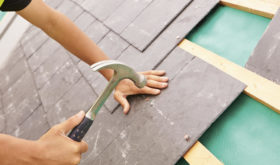
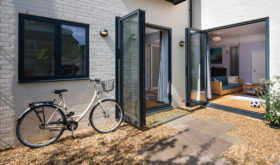















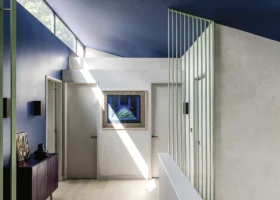
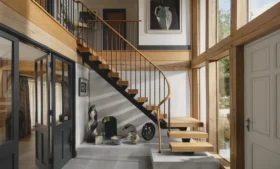













































































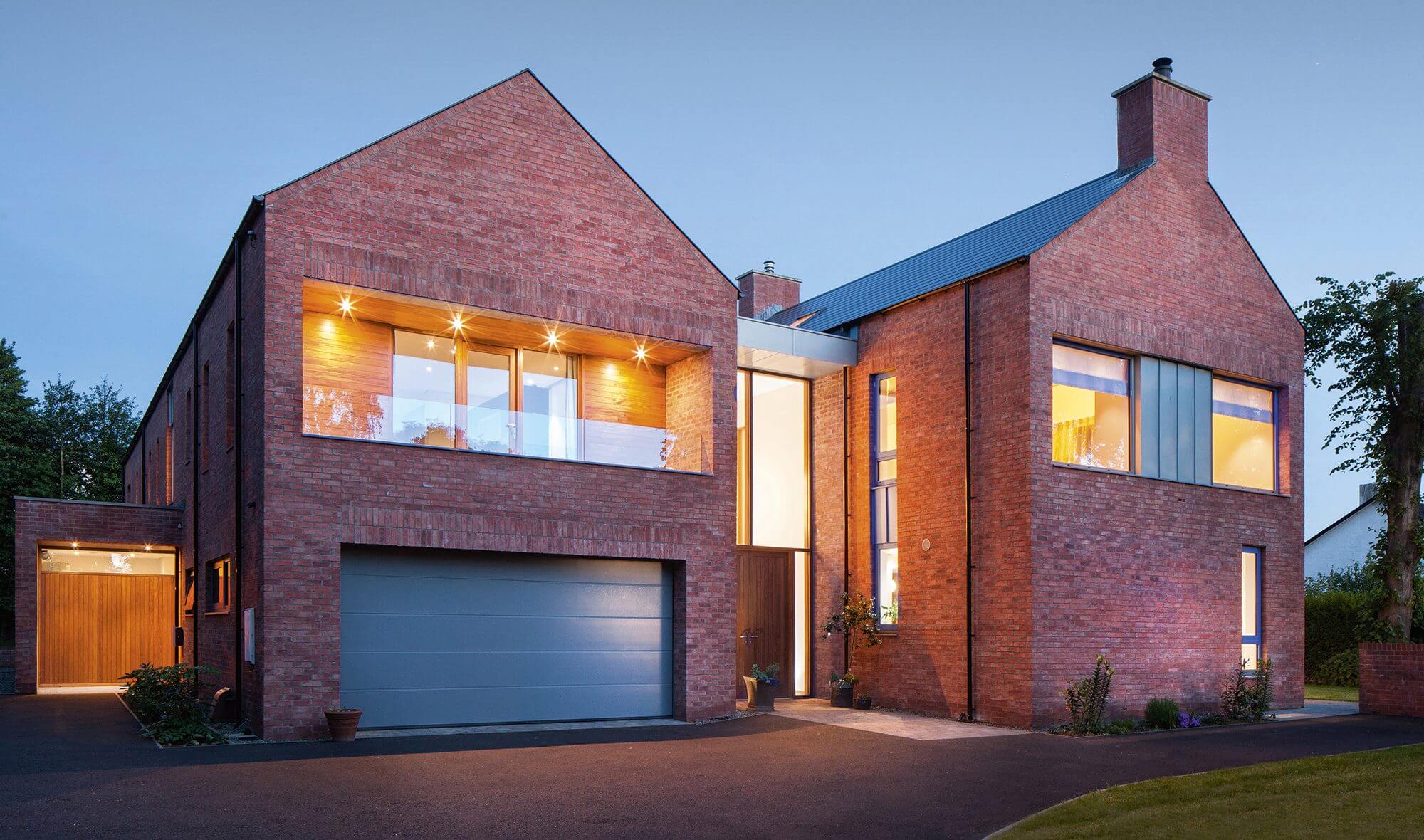
 Login/register to save Article for later
Login/register to save Article for later

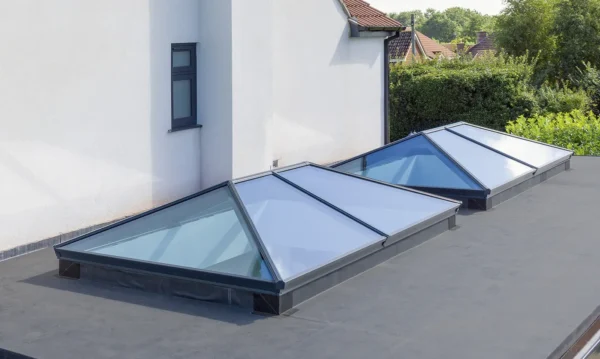
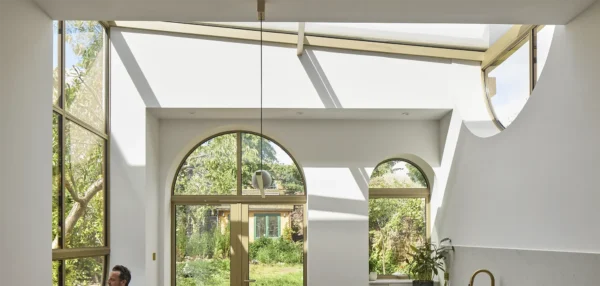
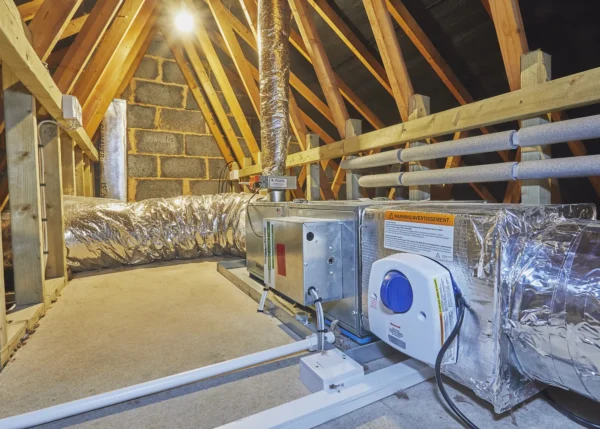
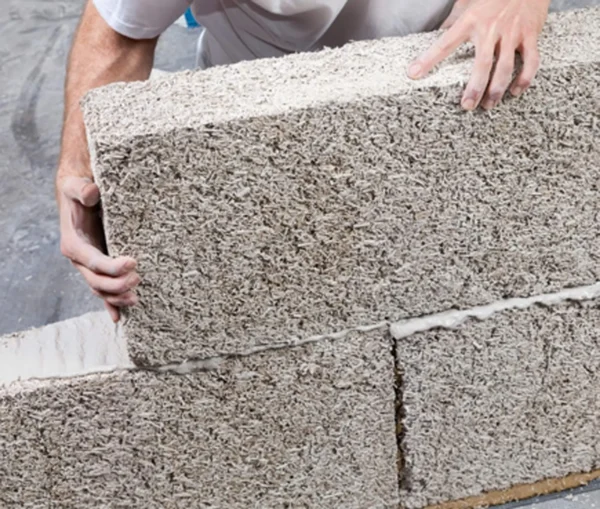
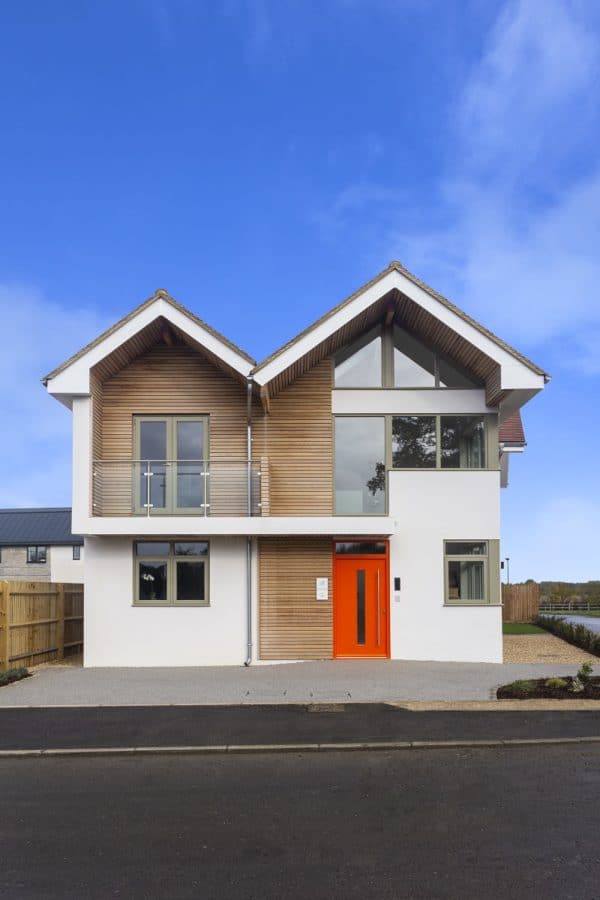
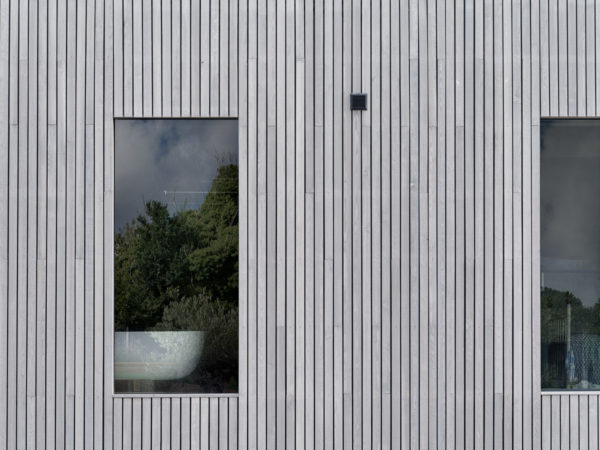





Comments are closed.